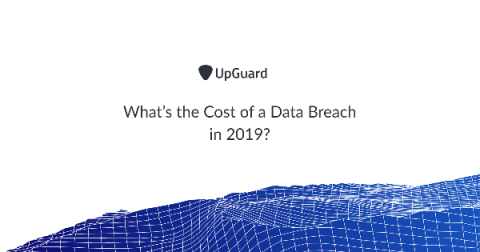What is SQL injection?
An SQL injection (also known as SQLi) is a technique for the “injection” of SQL commands by attackers to access and manipulate databases. Using SQL code via user input that a web application (eg, web form) sends to its database server, attackers can gain access to information, which could include sensitive data or personal customer information. SQL injection is a common issue with database-driven websites.











